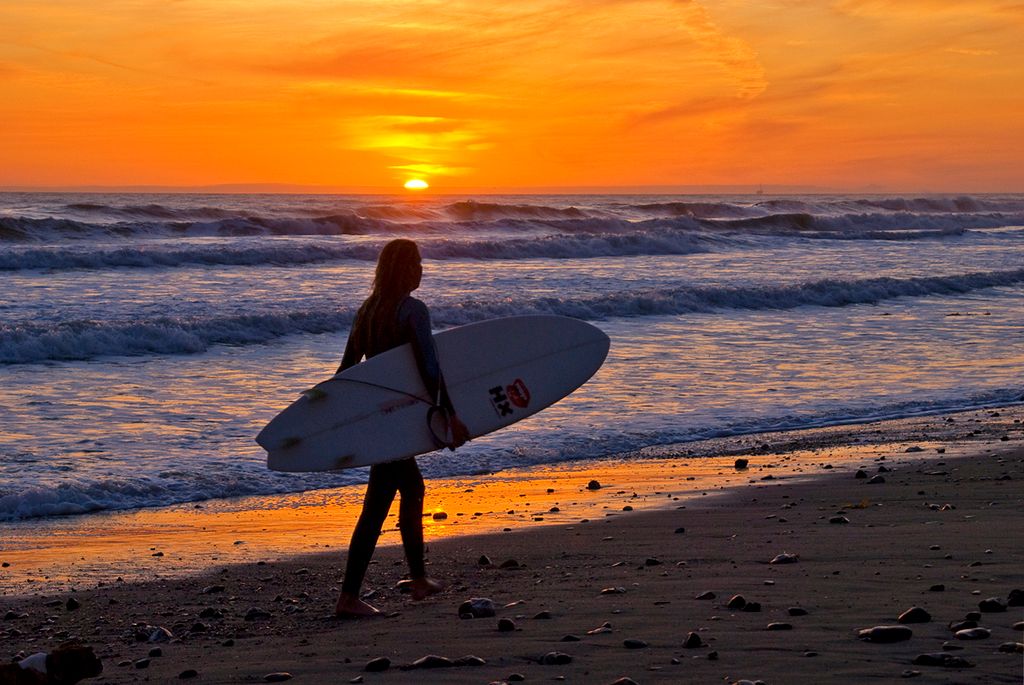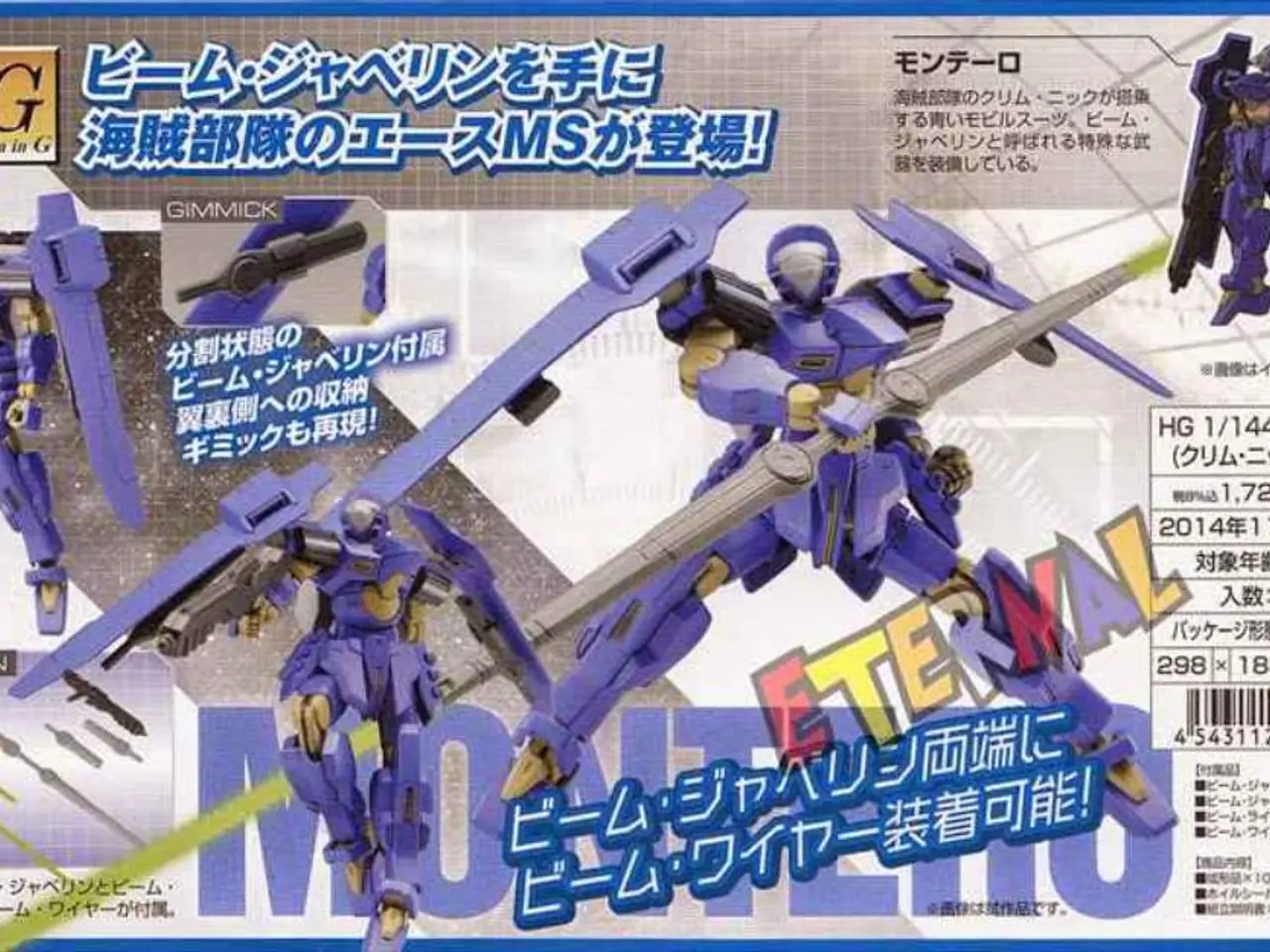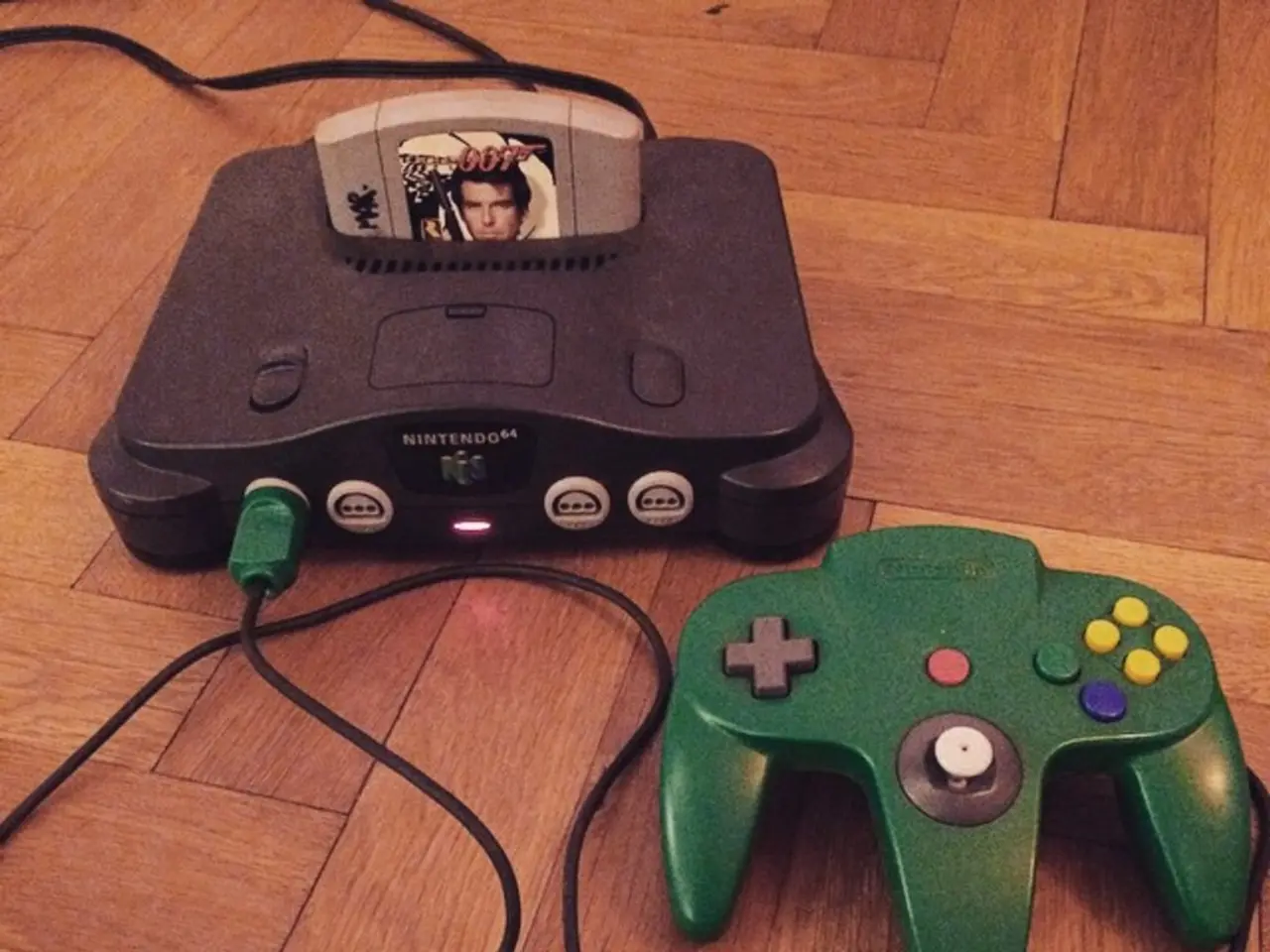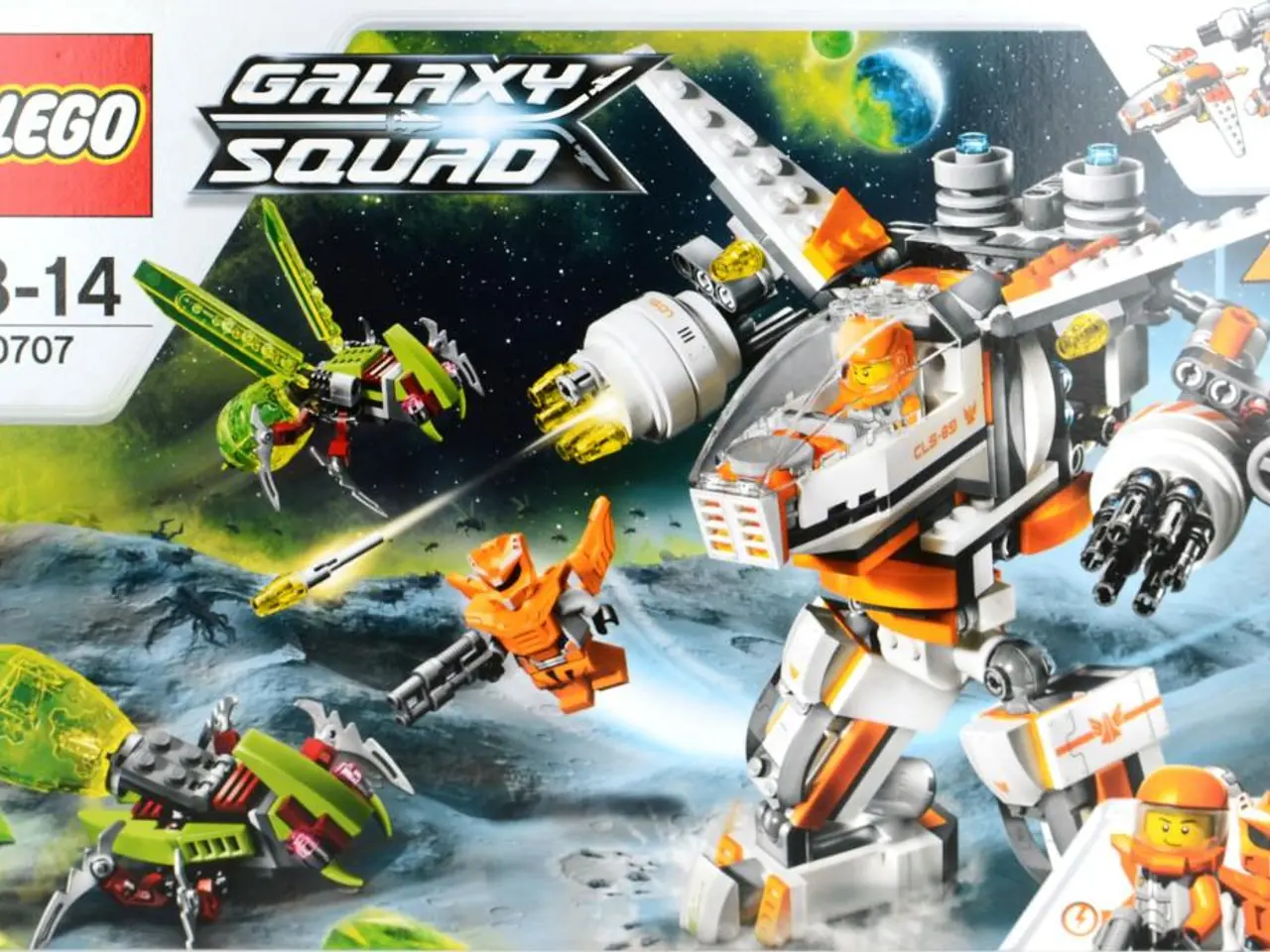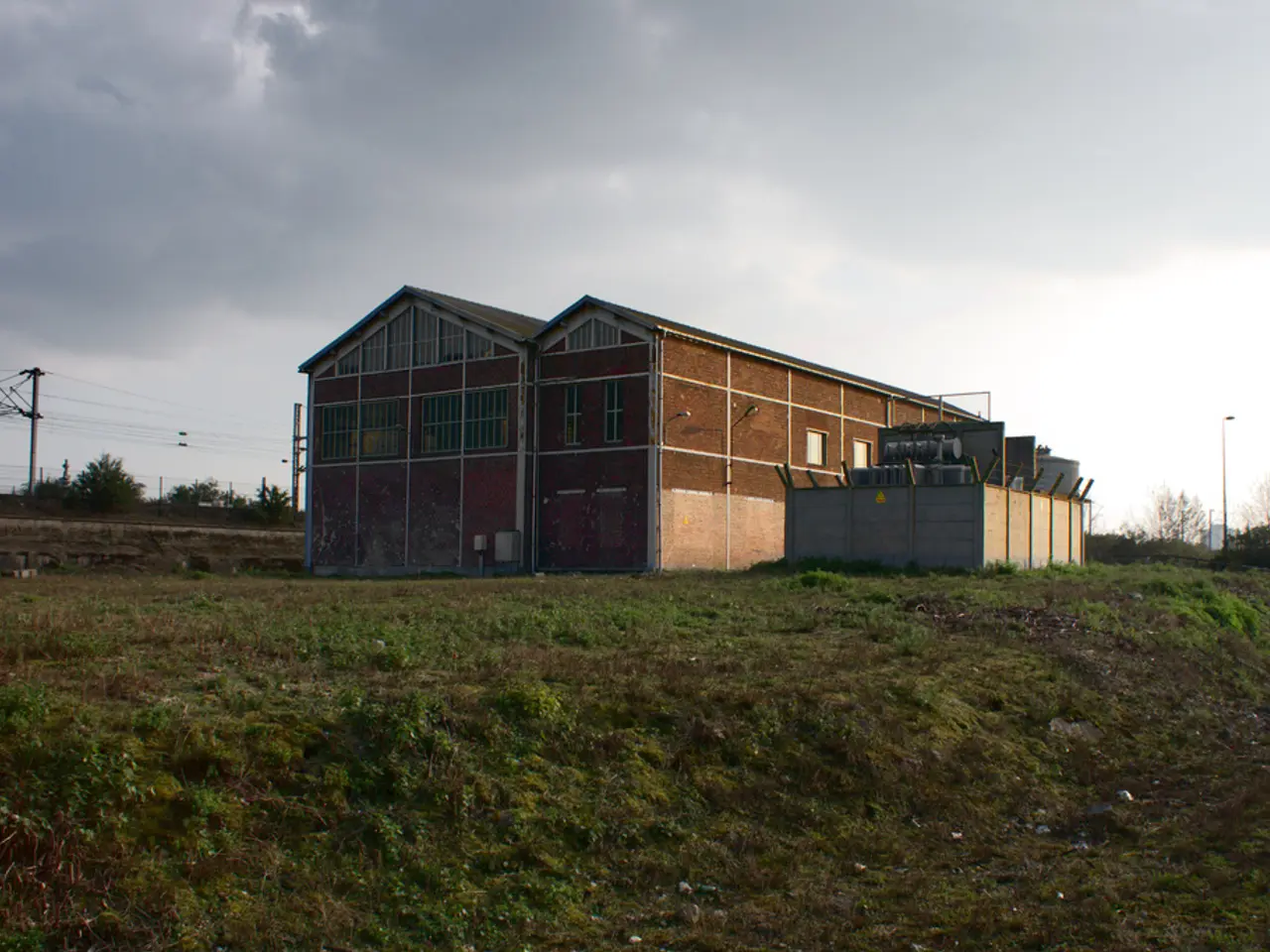Differentiating Between A-Roll and B-Roll Video Footage: A Comprehensive Guide
In the realm of filmmaking, A-Roll and B-Roll are essential elements that harmonize to tell compelling stories, captivate audiences, and make seamless transitions in video editing. While these terms might seem as technical as a NASA launch, they play crucial roles in storytelling, visual appeal, and video production.
So, what exactly is A-Roll and B-Roll? This blog post takes a dive into the difference between A-Roll and B-Roll and explores their partnership in creating captivating movies, documentaries, music videos, and TV shows. We’ll also discuss the best practices for both types of footage as well as some top-notch examples of A-Roll and B-Roll in professional filmmaking.
Let's get this party rolling... er... rolling!
A-Roll vs. B-Roll: The Differences
The division between A-Roll and B-Roll footage is fundamental in video production, with origins dating back to the documentary space. Yet, these filming techniques are now employed in films, TV shows, and more, possessing equal significance as they did in documentary-making.
A-Roll represents the essential footage that constructs the foundation of a video project. It includes the central subjects, dialogue, actions, and events that convey the primary message or story. For instance, interviews with key individuals or central event footage make up A-Roll in documentaries, while movie A-Roll encompasses character interactions, dialogue-heavy moments, and key action sequences.
On the other hand, B-Roll refers to supplemental footage intermingled with the main A-Roll footage, in turn providing additional context and cover edits. It also heightens visual storytelling by illustrating points made in the A-Roll. In filmmaking, B-Roll is invaluable in offering contextual shots, visual variety, and smooth transitions between scenes.
A-Roll and B-Roll Working Together in Video Production
Synergy reigns supreme when A-Roll and B-Roll unite. A-Roll provides the narrative, while B-Roll complements it by offering visual context, improving transitions, and enriching the overall narrative. This synergy generates a balance that enables filmmakers to boost a scene's emotional impact, such as cutting to a character's hands trembling during an emotional speech, thus deepening the audience's connection.
Moreover, B-Roll can contribute to building atmosphere with establishing shots and environmental details that provide a powerful sense of place and mood, fully immersing the audience before delving into the A-Roll action.
How to Capture A-Roll and B-Roll
In big-scale documentary and film productions, A-Roll and B-Roll footage is split among two separate filming crews referred to as the first unit and the second unit.
The First Unit tackles A-Roll footage, comprising the production's main actors, director, and focusing on the overall thread of the story. Despite the first unit filming B-Roll from time to time, the second unit primarily handles B-Roll footage - everything else the first unit can't shoot. A second unit director presides over this crew to ensure the B-Roll footage blends seamlessly with the rest of the film.
On smaller movie sets, both A-Roll and B-Roll might be filmed by the same crew, with these tasks factored into the overall production schedule. This process again revolves around the project's budget.
Best Practices for Filming A-Roll and B-Roll
To make the most of A-Roll and B-Roll footage, the following practices must be considered:
Planning is Key: During pre-production, develop a shot list outlining both A-Roll and B-Roll to ensure you cover all aspects required for the project. Storyboards can also be beneficial for visualizing A-Roll scenes and determining the necessary B-Roll.
Consistency: Ensure a stable lighting setup and consistent color profiles across all your footage for a cohesive appearance.
Think Variety: Diversify your B-Roll shots by shooting from multiple angles, perspectives, and filming distances to provide flexibility during editing and add visual interest.
Relevance: Ensure the B-Roll footage is pertinent to the A-Roll content and reinforces the narrative without being distracting.
Examples of A-Roll and B-Roll in Professional Filmmaking
Now it's time to observe A-Roll and B-Roll footage in action! Here are some top examples from some popular films:
- Barbie (2023): A-Roll includes the existential conversation between Barbie (Margot Robbie) and Ruth Handler in the white void. Meanwhile, B-Roll shots showcase Barbie recalling her memories, emphasizing the dreamlike quality of her journey and providing key context to the main narrative.
- Dune: Part 2 (2024): A-Roll centers around dialogue and choreography in the climactic duel between Paul Atreides (Timothée Chalamet) and Feyd-Rautha Harkonnen. Sweeping desert shots of Arrakis at sunrise create effective B-Roll, providing a sense of scale for the epic battle.
- Everything Everywhere All at Once (2022): A-Roll emphasizes the climactic conversation between Evelyn (Michelle Yeoh) and Joy (Stephanie Hsu), highlighting the mother-daughter dynamic's struggles in finding common ground. Montages of Evelyn's alternate lives serve as memorable B-Roll, reinforcing the film's themes.
- Killers of the Flower Moon (2023): In this film, A-Roll showscases pivotal conversations between Ernest Burkhart (Leonardo DiCaprio) and William Hale (Robert De Niro), revealing their dynamic. The movie's sweeping Oklahoma landscapes, oil derricks, and Osage traditional ceremonies make up eloquent B-Roll, symbolizing wealth and destruction alongside heritage and tragic events.
In Conclusion
A successful film lies at the intersection of compelling A-Roll narrative and visually appealing B-Roll. Mastering these techniques is the key to unlocking unforgettable storytelling. Armed with this knowledge, grab your camera, plan your shots, and start crafting the next cinematic masterpiece!
By using A-Roll and B-Roll with mindful decision-making and purposeful shot selection, you'll propel your videos into impressive territory.
[1] Schneider, V. (2021). The Secrets of Great Documentary Filmmaking: How to Create Compelling Documentaries on Any Budget. Focal Press. [2] Hockensmith, P. (2021). The Filmmakers Academy Guide to Filmmaking for Beginners. Dummies. [3] Nunnally, D. (2018). The Art and Craft of Documentary Filmmaking. Focal Press. [4] Zwicky, S. (2014). Nonfiction Film: A Critical Introduction. University of California Press. [5] Schroeder, J., & Ernst, C. (2018). Electronic Field Productions for Documentary Film. IGI Global.
The application of A-Roll and B-Roll techniques extends beyond documentary-making and has become essential in various forms of filmmaking, including movies and TV shows.
A-Roll, the central footage of a project, encompasses dialogue, actions, and key events that drive the narrative, while B-Roll offers supplemental visuals that provide context and facilitate smooth transitions. In the realm of home-and-garden or lifestyle programming, A-Roll might consist of interviews with experts or demonstrations, with B-Roll capturing supporting images such as close-ups of tools or finished products. Similarly, in a tech or gadgets-focused video, A-Roll could feature product reviews or tutorials, accompanied by B-Roll showcasing the device in use or close-ups of features.
This synergy between A-Roll and B-Roll not only enhances the visual appeal but also deepens the audience's engagement with the content by providing multiple layers of information and context.
